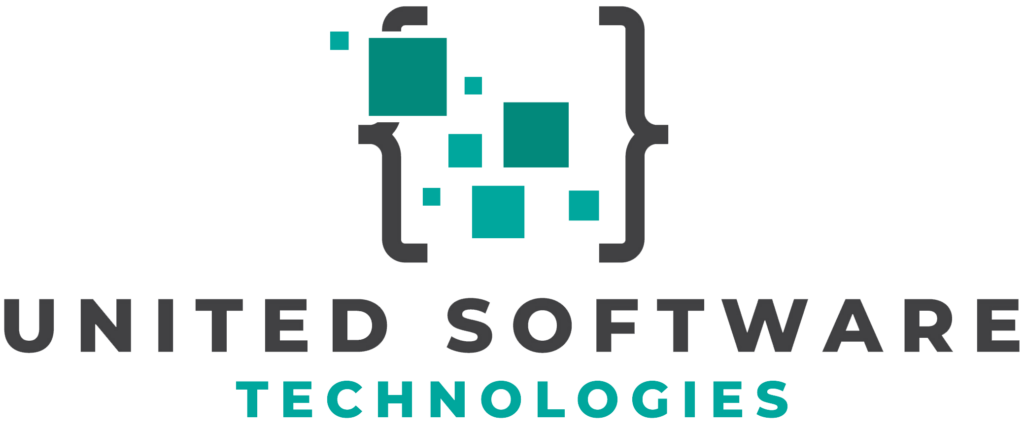Unlocking the Benefits of Agile Software Development: How Agile is Good for Development
Introduction to Agile Software Development
In today’s fast-paced world, businesses need to adapt quickly to stay ahead of the competition. One way they can do this is by adopting agile software development methodologies. Agile development has become increasingly popular in recent years due to its ability to deliver high-quality software at a faster pace than traditional methods. In this blog post, we will explore the benefits of agile software development and how it can improve your organization’s overall efficiency and effectiveness.
What is Agile Software Development?
Agile software development is an iterative approach that emphasizes flexibility, collaboration, and customer satisfaction. It involves breaking down large projects into smaller tasks or “sprints” that are completed within a short time frame (usually two weeks). This allows teams to quickly respond to changes in requirements and priorities while maintaining a focus on delivering high-quality products.
The Agile Manifesto, which was created in 2001 by a group of experienced software developers, outlines the core principles behind agile development:
- Individuals and interactions over processes and tools
- Working software over comprehensive documentation
- Customer collaboration over contract negotiation
- Responding to change over following a plan
These principles emphasize the importance of communication, teamwork, and flexibility throughout the entire development process.
The Benefits of Agile Software Development
There are numerous advantages associated with adopting an agile approach for your organization’s software development needs. Here are some key benefits that demonstrate how agile is good for development:
Faster Time-to-Market
One of the primary reasons organizations choose agile methodologies is because it allows them to deliver software products more quickly. By breaking projects into smaller, manageable tasks, teams can focus on completing each sprint and delivering a functional product incrementally. This means that customers can start using the software sooner, providing valuable feedback that can be incorporated into future iterations.
Improved Flexibility and Adaptability
In traditional development methods, changes in requirements or priorities often lead to delays and increased costs. However, agile development embraces change by allowing teams to easily adapt their plans as needed. This flexibility enables organizations to respond more effectively to market demands and customer needs, ensuring that the final product is aligned with their goals.
Better Collaboration and Communication
Agile methodologies emphasize close collaboration between team members and stakeholders throughout the entire development process. Regular meetings (such as daily stand-ups) help keep everyone informed about progress, challenges, and any changes in requirements or priorities. This open communication fosters a strong sense of teamwork and ensures that all team members are working towards a common goal.
Higher Quality Products
By focusing on delivering small increments of functionality at a time, agile teams can ensure that each piece of the software is thoroughly tested before moving on to the next task. This iterative approach helps identify issues early in the development process when they are easier (and less expensive) to fix. As a result, agile projects tend to produce higher quality products with fewer defects than traditional methods.
Increased Customer Satisfaction
One of the core principles of agile development is prioritizing customer collaboration over contract negotiation. By involving customers throughout the entire process – from planning through deployment – organizations can better understand their needs and preferences. This close relationship allows for faster feedback loops and ensures that the final product meets or exceeds customer expectations.
Implementing Agile Software Development in Your Organization
If you’re considering adopting an agile approach for your software development projects, here are some tips to help you get started:
1. Choose the Right Agile Framework
There are several agile frameworks available, each with its own set of practices and principles. Some popular options include Scrum, Kanban, Extreme Programming (XP), and Lean Software Development. Research these frameworks and choose the one that best aligns with your organization’s goals and culture.
2. Train Your Team
Before implementing agile methodologies, it’s essential to ensure that your team members have a solid understanding of the chosen framework and its principles. Consider providing formal training or workshops to help them develop the necessary skills for successful agile development.
3. Start Small
When transitioning to an agile approach, it can be helpful to start with a small pilot project before scaling up to larger initiatives. This allows your team to gain experience working in an agile environment while minimizing risk.
4. Embrace Continuous Improvement
One of the key tenets of agile development is continuous improvement – regularly reviewing processes and making adjustments as needed based on feedback from customers and team members alike. Encourage open communication within your team and be willing to adapt as you learn more about what works best for your organization.
Conclusion: Unlocking the Benefits of Agile Software Development
In conclusion, adopting an agile approach for software development offers numerous benefits that can improve both efficiency and effectiveness within your organization. By embracing flexibility, collaboration, customer satisfaction, faster time-to-market, higher quality products, increased customer satisfaction, organizations can stay ahead in today’s competitive landscape.
By implementing these strategies and choosing the right framework for your needs, you’ll be well on your way towards unlocking the full potential of agile software development.

